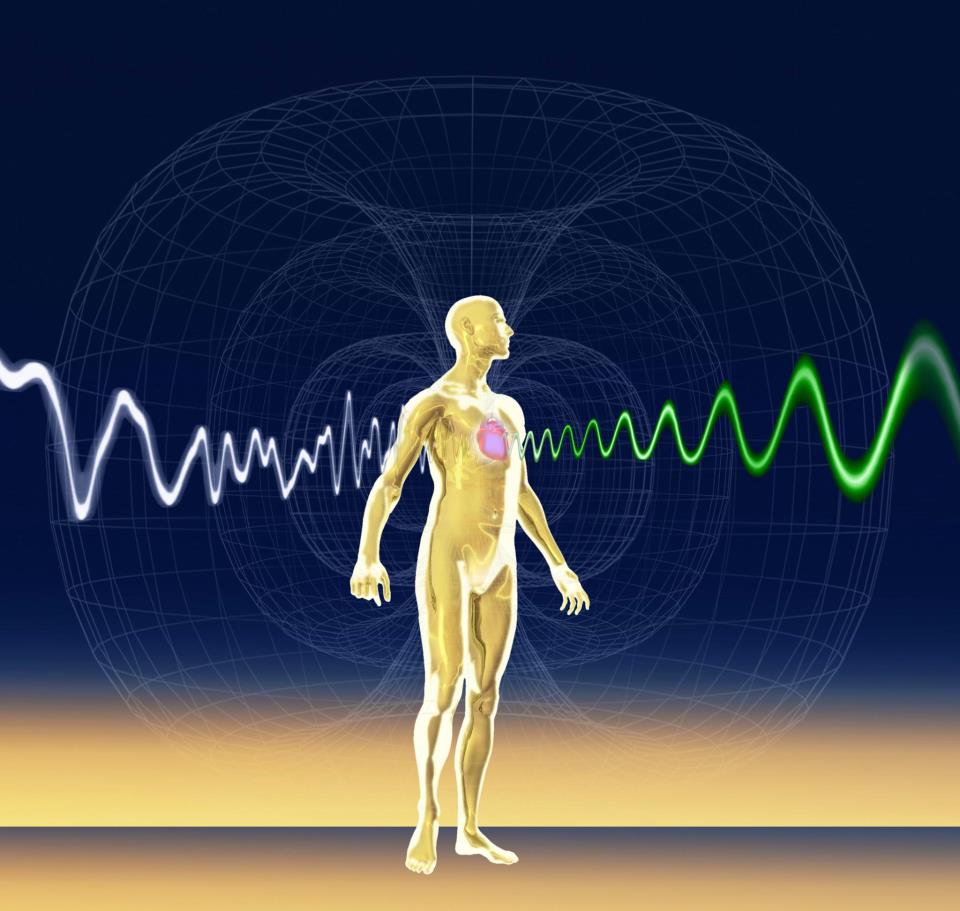
“The irony is this: our bodies react to stress in exactly the same way whether or not we have a good reason for being stressed. The body doesn’t care if we’re right or wrong. Even in those times when we feel perfectly justified in getting angry – when we tell ourselves it’s the healthy response – we pay for it just the same.
~ Doc Childre (founder of HeartMath®)
The Mindbody Connection
I remember a time this past summer, when I got furious about something small. The trigger doesn’t matter; it was an insignificant event, although, of course, it felt important at the time. The memory is strong because of what happened that evening: I had one of the worst pain flares since the onset of rheumatoid arthritis. I always knew that our thoughts, feelings and physical sensations were connected; I just never knew how directly until I developed an autoimmune condition, where subtlety disappears and the body talks very loudly.
HeartMath is a way to see this connection without the pain. It’s a form of biofeedback, which simply means your body is monitored and you receive feedback about its response to your current experience.
In HeartMath’s case, A little clip on your ear connects you to their biofeedback program, which monitors your heart rate and your heart rate variability (the rhythm of the space between beats).
As an introduction to the program, you are asked to think of a situation that’s frustrating for you for 3 minutes. Then you are asked to think of something that makes you feel gratitude or appreciation. Below is an example of the typical difference between your heart rate with these two feelings:
My Experience
Dr. Terry Wahls (author of The Wahls Protocol) practices both HeartMath and meditation daily as part of her healing protocol. While I also meditate daily, I had never experienced biofeedback before. I was curious, so I set up an appointment with a local practitioner. The results were fascinating.
The HeartMath software shows three graphs (see image below). The graph on top is the heart rhythm. The two on the bottom are based on this rhythm, simply showing different visuals for interpretation. The line graph goes up when your heart rhythm begins to become smooth and balanced (what they call coherence). This smooth rhythm is linked to reduced stress, cardiovascular health, a balancing of the hormones and immune system, and clarity of thought and action. The bar graph shows what percentage of the time you’re in coherence, with red being low, blue being medium and green being high.
In my HeartMath session featured in the image above, I was told to meditate any way I’d like. I chose to breathe deeply and do positive visualization (images that are soothing and uplifting, to replace the random thoughts in my mind). Being new to biofeedback and the experience of being monitored by both a person and a machine, I had some anxiety, and that showed up in my rhythm. The heart wave shows a moderately coherent rhythm – not chaotic, but not totally smooth either. The lower line graph goes upward (showing a growing coherence), with little dips that show each time my mind generated another image. Toward the end of this meditation, there’s a slightly bigger dip, and that’s where my mind wandered before I caught it and returned to focusing on my breath. It amazed me how the heart rhythm mirrored what was going on in my mind so precisely.
In my next session, featured in the image above, my HeartMath faciliator suggested keeping the meditation simpler: breathing love in and out through my heart. This combination of focusing on the heart while generating a positive emotion is a signature of all HeartMath exercises. You can see the result in the graphs. My heart rhythm is smoother than it was during the other meditation. The line graph goes up without dipping, eventually reaching a place marked as “the zone” by the program. The bars show that I am in moderate to high coherence the whole time. I was less anxious, as I was getting more practice with the program, so that is reflected, but more than that, it showed how this simple heart-based technique allowed me to reach coherence quickly and maintain it smoothly. It’s a pretty strong testimonial.
The Difference Between Biofeedback and Meditation
Sometimes people refer to biofeedback as a form of meditation. While the goals are often similar ( improved health through the mindbody connection), the methods are quite different. Meditation requires nothing but you to participate. Biofeedback requires a device to monitor and record your body’s response, and provides you with feedback accordingly. There are many different types: some measure brain waves, others measure body temperature, HeartMath measures the heart rhythm in an effort to tap into the heart’s intelligence. We often think of our brains being in charge of our bodies, sending signals that tell the rest of our body what to do, but communication goes both ways. Here’s a quote from HeartMath’s website:
“Emotions move faster than thought and are registered by the heart before the brain. The heart pulses out a rhythmic pattern that reflects our emotional state, transmitting this information to the brain, rest of the body, and even into the environment – via an electromagnetic field.”
The goal of HeartMath is to tap this connection, to learn how feelings impact our bodies. We can then apply this knowledge in everyday life, stopping a negative emotion (and the cascading physical effects), before they start.
Research ~ Benefits
The term “biofeedback” was coined in the late 1960’s and since then, research has shown success with conditions as wide-ranging as anxiety, ADHD, chronic pain, headaches, high blood pressure and even epilepsy. The HearthMath Institute conducts studies into its heart-centered form of biofeedback and has seen success with conditions like those above as well as brain injuries, PTSD, diabetes and HIV.
How Can You Try It?
If you’re interested in trying HeartMath yourself, you can look for a practitioner in your community, or buy the software for use at home. Although I can’t hook you up to the software through this article, I can give you an exercise to try and see how it feels for you. This one is called Quick Coherence®.
- Heart Focus: Focus your attention on the area around your heart, the area in the center of your chest. If you prefer, the first couple of times you try it, place your hand over the center of your chest to help keep your attention in the heart area.
- Heart Breathing: Breathe deeply but normally and feel as if your breath is coming in and going out through your heart area. Continue breathing with ease until you find a natural inner rhythm that feels good to you.
- Heart Feeling: As you maintain your heart focus and heart breathing, activate a positive feeling. Recall a positive feeling, a time when you felt good inside, and try to re-experience the feeling. One of the easiest ways to generate a positive, heart-based feeling is to remember a special place you’ve been to or the love you feel for a close friend or family member or treasured pet. This is the most important step. (Eileen’s note: based on my experience with this technique, I recommend thinking of a specific moment with that person, or specific quality of that person, rather than the person as a whole. This is an easier image to hold, without eliciting the chatter of the mind.)
- Real Life: Apply this one-minute technique first thing in the morning, before or during phone calls or meetings, in the middle of a difficult conversation, when you feel overwhelmed or pressed for time, or anytime you simply want to practice increasing your coherence.
Confession
I’m a recovering perfectionist, and biofeedback can wake this beast. It felt strange to be biologically monitored while trying to relax. I felt self-conscious and concerned with doing it “right.” Seeing the graphs, I found myself wanting to get a higher score next time. Can you see yourself in this scenario? No worries. I imagine the more you practice, the more comfortable the process becomes, and perfectionism can go back to sleep.
Have you experienced HeartMath or another form of biofeedback? Please share in the comments below.
You May Also Be Interested In

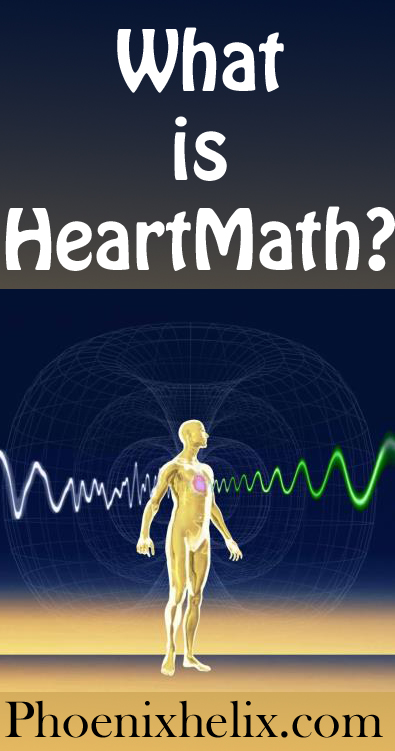
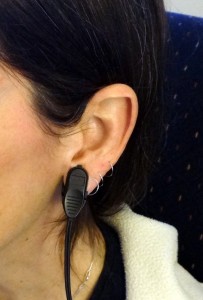
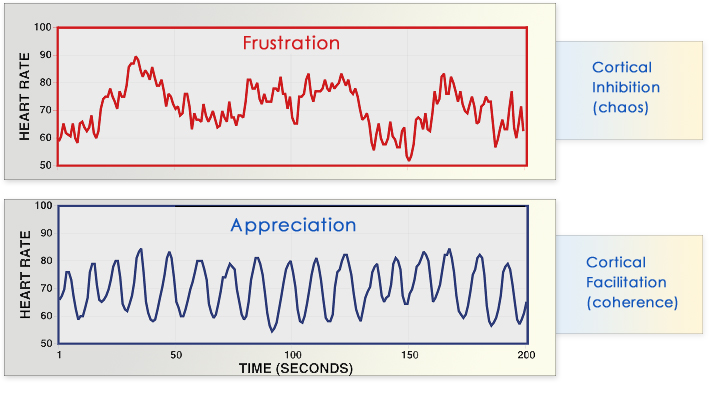
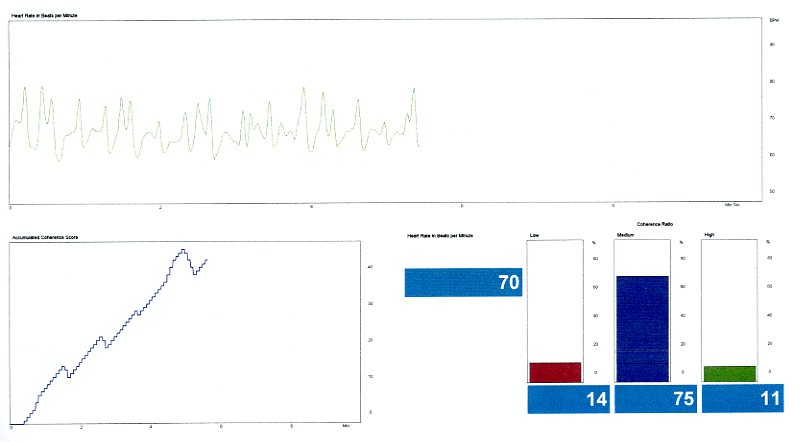
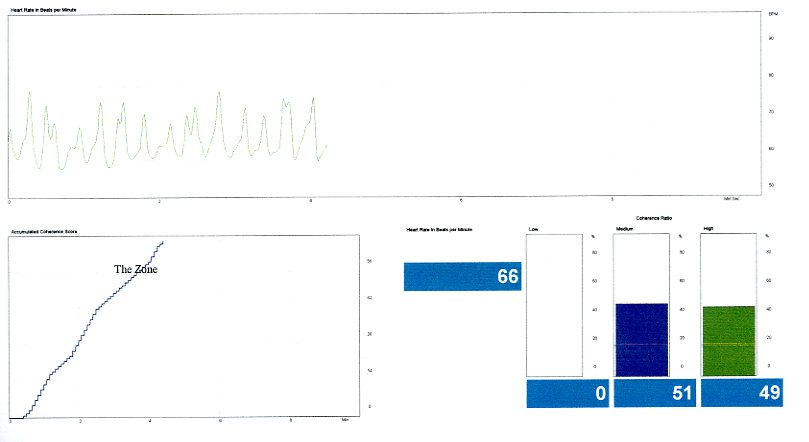
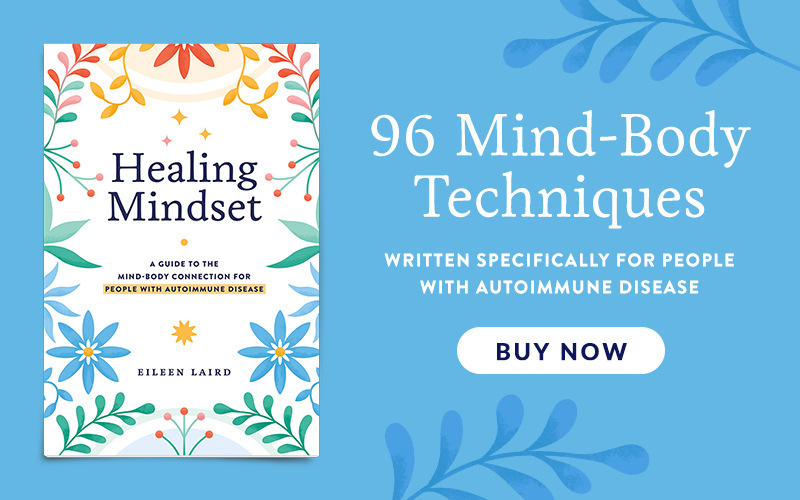




I was directed by my physician to purchase the emWave2 device and do the HRV at least 20 min/day. My frontal lobe is “on fire” and in need of balance as is my autonomic nervous system. I have problems with perfectionism also and find the red zone hard to deal with. I have been doing this about 6 mos. now. I am only up to 3.7 as my max coherence rate for the 20 minutes.
Judy, thanks so much for sharing your experience. I think how you feel matters more than the numbers that show up on the program. Do you feel HeartMath is helping quench that fire? Does it make a positive difference in how your feel and react the rest of the day? Or do you feel like it’s actually causing you stress by giving you those numbers and graphs? If it’s the former, keep going! If it’s the latter, there are many different relaxation and meditation options out there, and it’s perfectly fine to take a break from HeartMath and try another.
Hi,
I’d love to know if people have used HeartMath (I first saw it in the movie I AM) and what they think of it.
I use Google Chrome and it picked up Malware in the above link from Linda – please see this one instead for Qualified Instructors:
http://www.heartmath.org/training/educators/qualified-instructors.html
Cool that it’s a non-profit too!
Be well,
James
I think this is what you are looking for:
http://www.heartmathproviders.com/index.php/component/option,com_userlist/Itemid,59/view,lists/
Thanks Linda.
This is really interesting! I read a study recently on the physical effects of listening to other people complain and being upset, and how just listening to angry, stressed out, negativity can actually destroy brain cells. Now whenever my husband gets upset about his PhD work (he’s a grad student), I tell him he’d better relax and meditate for a few minutes or he’ll kill my brain cells 😉
Thanks so much for sharing this on Waste Not Want Not Wednesday 🙂 I’ve pinned it.
We should wear pins: “Don’t kill my brain cells!” I love the advice to your husband; it’s the same advice I have to give myself when I get in a negativity spiral. Thanks for pinning this, and I’m going to search out that study. I love the research currently happening on the brain.
Eileen, your post is being featured tonight on WNWNW 🙂
I find this very interesting. My husband and I own a compass, which is also very fascinating how it reads the body..I have to try a heartmath sometimes..
Thanks for commenting, Jo. Although I’ve long been convinced of the mindbody connection, there’s something especially compelling about seeing those graphs.
Great suggestions! Thanks!
Hi Kim. Strangely, the HeartMath Institute doesn’t have a practitioner directory. Your best bet is a google search for Savannah. If you can’t find anything for Savannah HeartMath, try googling Savannah Biofeedback. Also ask your friends and post the question on Facebook. I’ve gotten lots of great referrals that way. Maybe someone even has a handheld unit you could borrow for a day.
Hey Eileen, I did a quick search and couldn’t find any practioners in Savannah. I’m sure there are some, do you have any ideas how I’d find them? I’d love to try it simply to get a reading on the difference in my two favorite meditation styles (QiGong and Centering Prayer). My QiGong practice includes gentle movement. Can the test be done while slowly moving…or would I need to be still? Thanks so much for this great info!